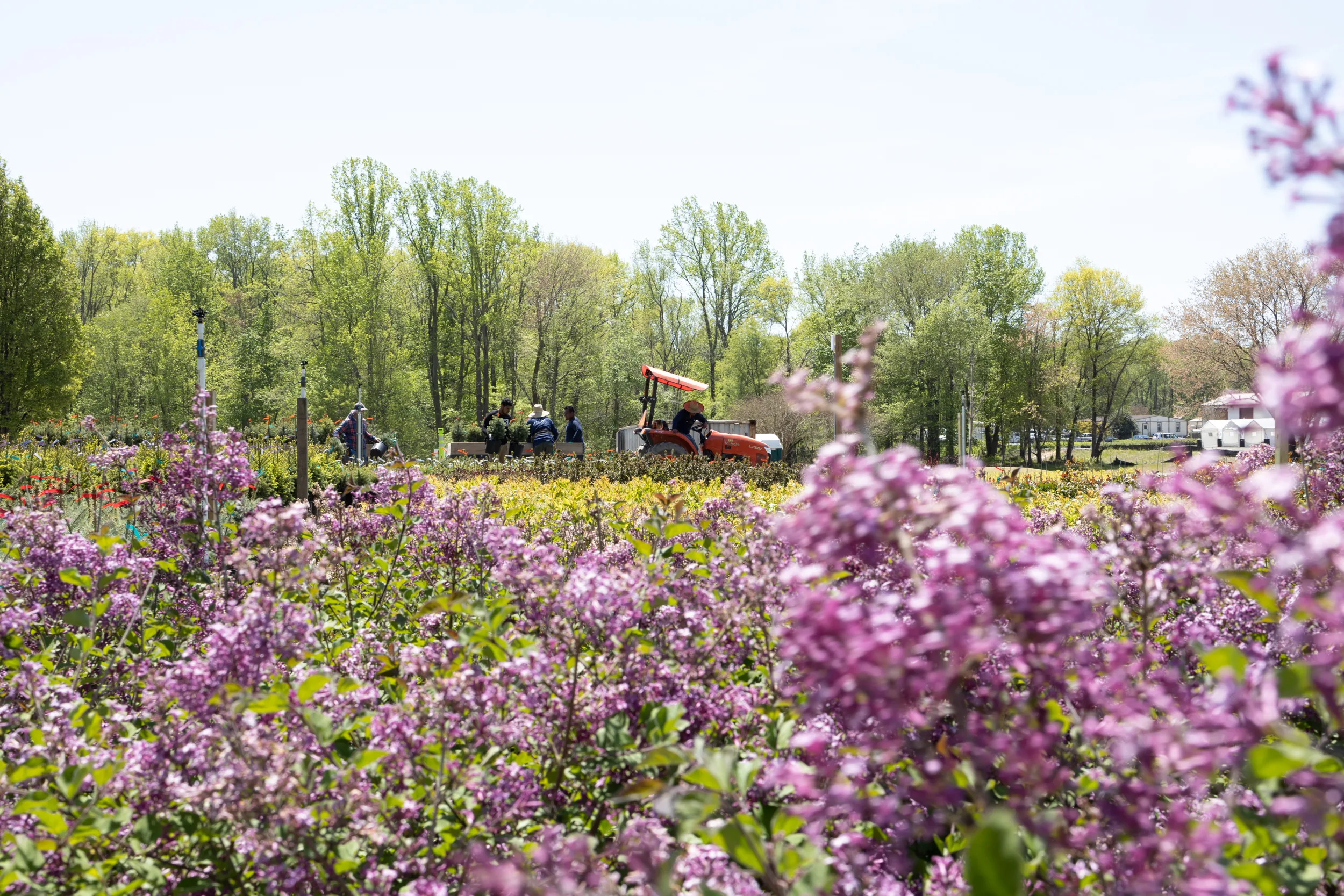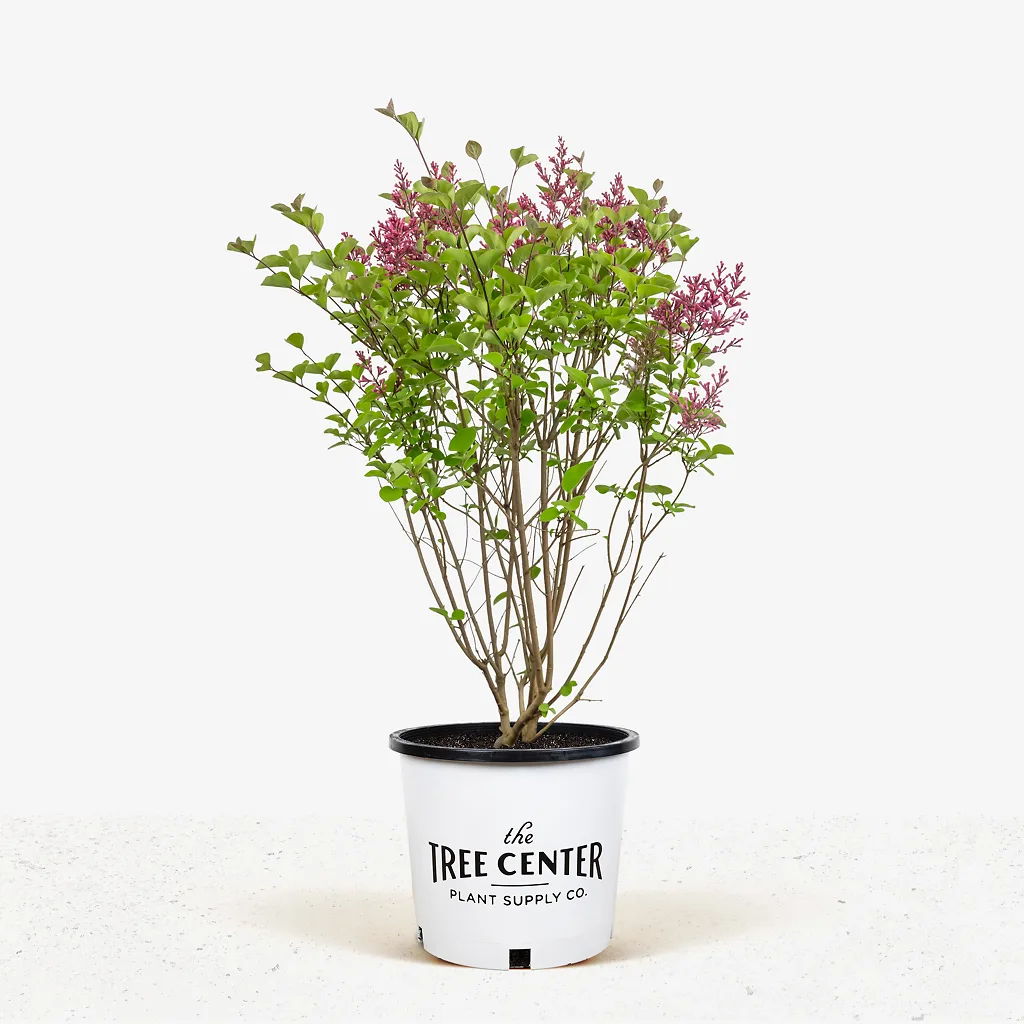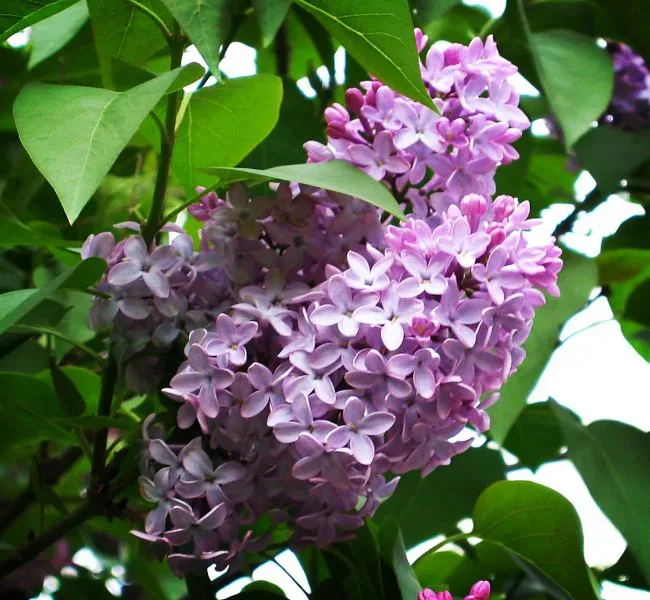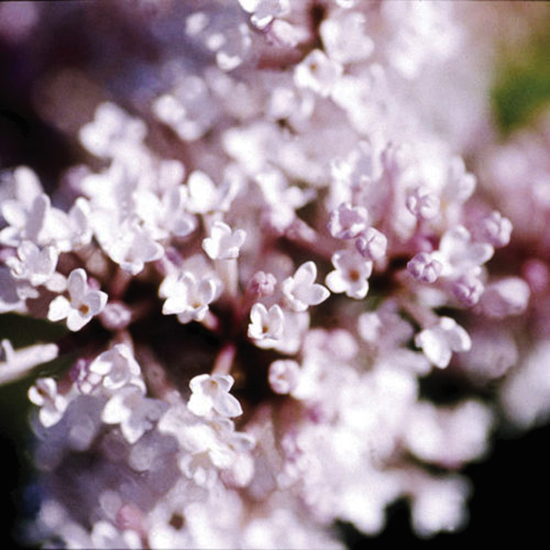
Written by s • Fairytale Lilacs Make Garden Dreams Come True
Plant breeders are dreamers – they dream of plants that will be closer to our ideals, and they want to give us beautiful plants to fill our own garden dreams. Northern gardeners dream each winter of the arrival of spring, and with it the blooming of lilacs – symbols of home and family, and the return of warmer weather after another bitter winter. The always-popular French lilacs are certainly hardy and fragrant, with large blossom heads, but they are large, awkward plants that need careful and regular pruning to keep them from growing into huge bushes that crowd your garden and soar above your head. Other smaller versions are good garden shrubs – but they don’t have the classic ‘lilac’ look, combined with that vital fragrance. Our dreams are often left unfulfilled.

Tinkerbelle Lilac
The Creation of the Fairy Tale Lilacs
Neal Holland was a horticulture professor at North Dakota State University. A keen young gardener he knew about weather extremes, born in Saskatchewan, Canada, and now living in North Dakota, with temperatures plunging as low as minus 60 Fahrenheit in winter and soaring to 120 in summer. Lilacs were one of the few shrubs to survived, and of course he sold them at his Sheyenne Gardens nursery in Harwood, which he opened after he retired from teaching. Neal kept running his garden center, throughout his 80s, and only sadly passed away in 2019.
When young he dreamed of the perfect lilac – compact, but with large flower clusters that filled the air with sweet fragrance. He did not feel that any of the options available were good enough for garden dreams. They might be compact, but their small flowers didn’t look like ‘real‘lilacs’ and they often had no fragrance. Of course. they also had to be super-hardy, and able to grow and bloom reliably even in North Dakota.

Prince Charming Lilac
The Parents of Perfect Children
Neal figured his best chance was to start with two promising plants that had, between them, what he was looking for. He chose two Asian lilacs with promise. One was a variety of the Korean lilac, Syringa meyeri `Palibin`. This plant had been found in 1909 growing in a garden near Beijing, in China by Frank Meyer. He was a famous collector, sent to China to look for fruit trees and other food crops by the US Department of Agriculture. His success with food was limited, but he did find some great garden plants. ‘Paliban’ is a selected dwarf form of the original plant he found. It only grows to around 5 feet tall, and forms a neat, dense bush. It is certainly hardy, and it doesn’t get the nasty powdery mildew that disfigures the leaves of many lilacs in summer. The flowers are fragrant, but the clusters are small, and the soft-violet flowers don’t look especially lilac-like. Close, but not quite there.
For the plant to cross it with he chose another Chinese plant, the Little-leaf Lilac, Syringa pubescens subsp. microphylla ‘Superba`. Coming from roughly the same places, these plants were probably closely related, so there was a good chance they could be crossed successfully. With much better-looking flowers, in classic lilac trusses, this shrub was bigger, growing very wide, so it didn’t satisfy the need for something compact.

Thumbelina Lilac
The Quest Begins. . .
In 1976 Neal embarked on his quest for the perfect lilac. He carefully crossed the two plants together and waited patiently for the seed to mature and ripen. Then he collected the ripe seeds and sowed them. He ended up with many seedlings, which he planted out in rows to study. Plant breeding needs patience, so he waited, carefully examining his plants as they grew to maturity, and taking detailed notes about them. After nearly 10 years he was ready to make his choices.
In 1985, from all those seedlings he chose just five. These were the best – tough and disease-free, never dying back in winter, and always producing masses of blooms. Each one had dense trusses that looked like real lilacs – perhaps not quite as large as the big French lilacs, but still five or even six inches long, fat and filled with blooms. Each one was powerfully fragrant, as a lilac surely must be. Each one had blooms in beautiful colors, and each one was different, offering a whole palette of shades for the garden.
Neal knew that if his new plants were to reach a wider audience outside Harwood, he needed the muscles of a nursery giant. He sought out Bailey Nurseries, in St. Paul, Minnesota, who saw the beauty in what he had created, and their value to gardeners. They helped him protect them with patents, and together they developed the concept of ‘Fairy Tale Lilacs’, to match their small size and big charm. They gave them names of popular nursery characters, to increase their appeal, and to show that gardeners’ dreams really can come true.
Meet the Family
All the five members of the Fairy Tale Lilac family are compact, rounded disease-resistant bushes, growing 5 to 6 feet tall, and the same in width. This makes them ideal for smaller gardens, or for filling corners. Of course, they are richly fragrant, and perfect beside a window or doorway. They can be placed around your home, and even when no in bloom they will look good. A row – perhaps of mixed colors – would be great along a fence or boundary, and they are perfect for the back row of a smaller shrub bed. Simply planted on a lawn as a specimen they would also be terrific, and what better way to introduce your children to gardening than to grow characters they know?
Here is the family:
Tinkerbelle (‘Bailbelle’) – when the buds develop in the big flower trusses, they are a rich wine-red color. As they begin to open a bright pink interior is revealed, so that they have a beautiful two-tone color effect, gradually making the bush pinker as they all open. It’s enough to make you clap your hands and believe in fairies once again.
Thumbelina (‘Bailina’) – as charming as Hans Christian Anderson’s thumb-with-a-face character, this beauty has deep pink buds, opening to light-pink flowers, which, as they mature, become almost white. A perfect lilac in little-girl colors that will charm everyone who sees it.
Prince Charming (‘Bailming’) – here to rescue your dull, Cinderella garden, this prince wears princely robes of wine-red in bud, opening to deep pink. Did you know that when pink and blue were first used for boys and girls, pink was the boys color? It was, as it has the power of red. Only later were the colors swapped over. This lilac continues that original tradition, dressing our prince in a rich red and pink outfit.
Sugar Plum Fairy (Bailsugar’) – stick in your thumb and pull out this beauty, whose rich purple blooms, opening to violet, have the classic lilac look you crave. They are carried in profusion on a rounded bush, not some enormous tree.
Fairy Dust (‘Baildust’) – with mauve-red buds opening to bright pink, sprinkle this bush around your garden for trouble-free garden delights.
And So, They Lived Happily Ever After
With these characters in your garden, the perfect May is assured – lots of color and fragrance, on disease-free bushes that need almost no attention to stay neat and tidy year after year. If you live anywhere from zone 3 to zone 7, choose these bushes to charm you, and fill you yard with the fragrance and beauty of successful gardening.





